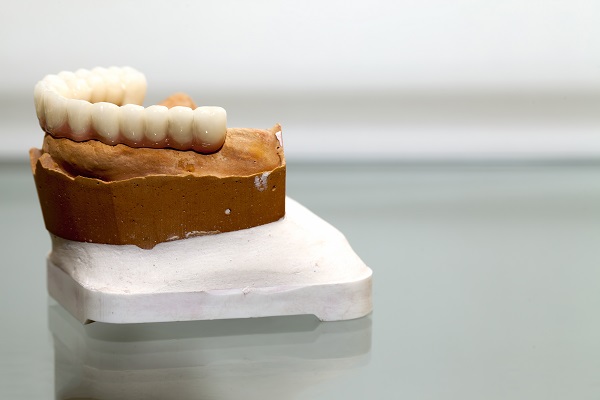
Dental crowns (or caps) are widely used in almost every dental practice on earth. Crowns are the most common treatment for teeth that need to be protected against biting and chewing forces, in order to protect them from fractures and breaking.
The science and technology of crown-making have evolved a great deal in recent years. Until recently, patients had to wait 5 to 7 days in order to receive their crowns since the laboratory was involved and each lab took its time to perfect the restoration. Nowadays, we hear about One-Day crowns which, as the name suggests, are crowns that can be made and delivered on the same day, without the need to wait for a few days, or need go back to your dentist for a second visit.
To know more about this new and amazing technology, we must first learn about the conventional crown-making method. After analysis and proper diagnosis, the dentist would give the patient a numbing solution, and proceed to prepare the tooth to receive the crown by removing about 1 to 2 mm from every surface of the tooth. After the preparation is done, the dentist will take a print (known as an impression or a replica) of the prepared teeth and the opposing teeth as well, together with bite registration using a piece of hot wax (this serves to know the way you bite, and control the shape, length, and width of the crown). All these are then sent to the lab, which makes a wax mold of the crown to be done, and using a special process converts this wax mold into a metal or ceramic crown according to the type you need, and delivers that back to the clinic within a few days. The dentist would then try it inside your mouth and glue it to the teeth with a special type of glue called dental cement.
For One-Day crowns, the process is quite different. The initial steps of analysis, diagnosis, and preparation are the same. When the preparation is done, instead of a conventional impression (which is the slimy goo used to replicate the anatomy of the mouth), a special camera is used inside the mouth. This camera registers the prepared tooth, the adjacent teeth and gums, the opposing teeth, and the manner by which you bite, all in one quick step that takes about 3 minutes, and transfers these images to a computer program especially made for this purpose.
The dentist would then design the shape of the crown using that computer program, after which this program sends an order to a milling unit specially designed for this purpose, and proceeds to mill the designed crown from a block of metal or porcelain. This whole process takes about 1 to 1.5 hours, and the patient can receive his\her crown on the same day. This technology is known as CAD\CAM technology.
As you can imagine, there are numerous benefits to this technology, such as:
- No need for an extra visit, and setting up new appointments as all the work will be done in the same visit.
- No need to wait for the lab to finish the work, and therefore no need for a temporary restoration.
- No need to use the irritating goo for conventional impressions, that would cause gagging and discomfort for most patients.
- The whole process from impression to milling is controlled by a computer program, which produces far more accurate crowns and minimizes human and laboratory errors.
Perhaps the only problem with One-Day crowns is that they are slightly more pricy than conventional crowns, but think about it, wouldn’t you rather pay a little bit more to avoid a second visit to the Somerville dentist with all its horros??!! Call us at 617-623-8489 form more information.
